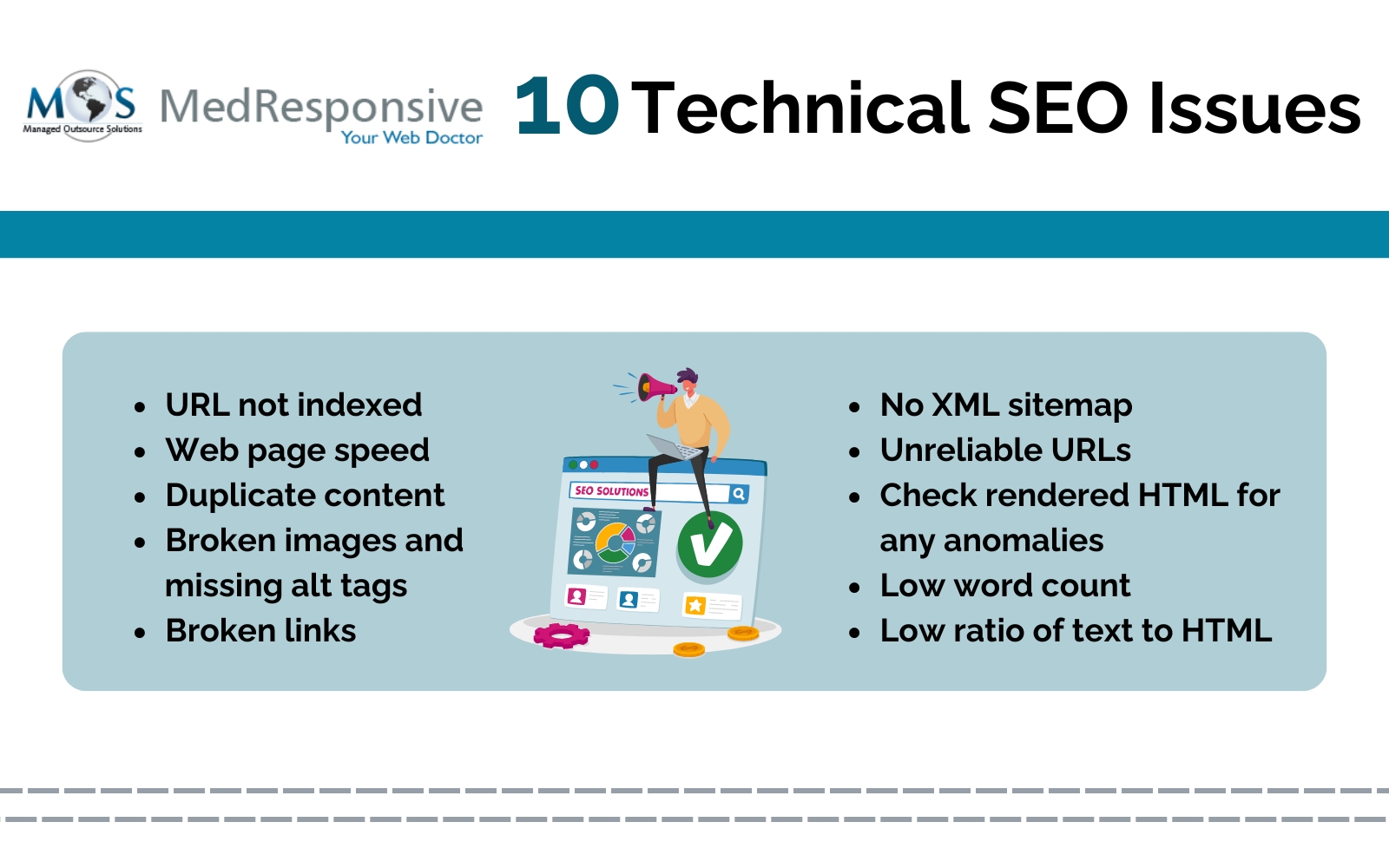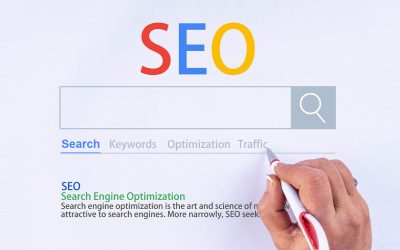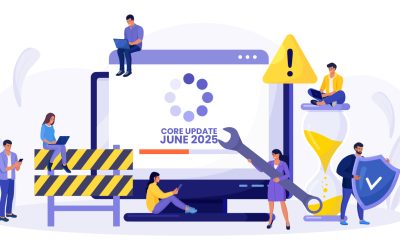Technical SEO is the first step in creating a better search experience. It is extremely important because it directly affects how your website performs in Google’s search results. If search engines cannot access and interpret your web pages easily, no matter how good your content is, they will not appear or rank in search results. This implies you’re missing out on prospective customers and revenue for your firm. A technical SEO audit entails optimizing a variety of aspects, including website speed, ensuring that search engines can quickly crawl the site and comprehend its content. It’s worth noting that technical SEO is an important aspect of on-page SEO, which focuses on optimizing aspects directly on your website in order to gain higher search ranks. Investing in professional SEO services can help you detect and resolve technical SEO issues.
Different Technical SEO Problems and the Solutions
- Indexing URLs: The URL inspection feature in the Google search interface is quite useful for determining whether or not a page has been indexed by Google. The tool allows you to determine whether a page is indexable and indexed. If it cannot be indexed, it will explain why Google may be having trouble with it. The URL also includes the last crawl date, which reflects Google’s interest in the website. However, if the page is rarely changed, Google bots may decide to crawl it less frequently. The URL inspection tool also allows you to request a crawl.
- Web page speed: Your website’s speed has a big impact on its SERP ranking. Faster website gives a better user experience; slower websites are penalized and experience a fall in ranking. This is because users often shift to a different website if their first pick loads too slowly. If the website’s loading time exceeded 2 seconds, Google limits the number of crawlers deployed to your page. As a result, there will be less pages indexed. Google PageSpeed Insights, a specialized SEO software, may help you uncover specific speed issues with your website. Make sure to test desktop and mobile performance. This application examines the speed and performance of your website. Also, optimizing images on your page, using browser caching, and minifying CSS and JavaScript can all help with website speed. Consult with your web developer to find the best solution for your website’s individual page performance issues.
- Duplicate Content: Have similar or identical content on different pages on the same website or other websites can impact your search ranking. Duplicate content can also occur due to faulty web server or website set up. Having the same information in different pages of your website can mislead search engine crawlers, preventing your target audience from receiving the correct content. Not only will duplicate content lower your ranks, but Google may also penalize your site. Your website’s ability to rank in the SERPs may be lost totally. According to Stricker, the approach is to search your site for duplicates and utilize “”crawl directives”” to inform Google about the relative value of numerous URLs. Using “robots.txt,” you can instruct Google to avoid crawling certain files and directories. This file lets you control how Google bots crawl and index your public websites. The best way is to utilize the rel=”canonical”” link element to point to the preferred URL when asking Google which of several URLs to index. Canonical tags can help with duplicate content issues by telling search engines a particular page is a duplicate of another or which of the same pages Google’s bots should index first.
- Broken Images and Missing Alt tags: Your website’s alt tag explains the contents and function of an image component in the event that it does not render correctly. They also reinforce the required keyword by aiding search engine crawlers in interpreting the page content. Search engines can more easily index a page when a bot knows what the image is about thanks to the alt tag feature. Using visually stimulating content that enhances user experience is a quick and easy method to raise the SEO value of your page. The two most common problems that business websites have to deal with are broken photos and absent alt tags. Best practice is to conduct routine site audits to review your image content as part of your SEO standard operating procedures.
- Broken Links: It is evident to both site users and search engines that you have excellent content with both internal and external links. Broken links hinder the user experience and indicate low-quality content, both of which can lower page ranking. On a website with hundreds of pages, one or two broken links are to be expected and rarely a problem. However, hundreds of lost connections represent a serious setback because:
- The quality of your website is perceived negatively by users.
- Search bots will reroute to other websites if they find too many broken links, which will prevent them from crawling and indexing important content on your website.
- Your website’s page authority will suffer.
External link values need to be checked often, while internal links need to be verified each time a new page is added, modified, or redirected. The most efficient and scalable method of fixing broken links is to conduct routine website audits. Utilizing a broken link checker can help you find broken links more quickly.
- No XML Sitemap: XML sitemaps allow Google’s search bots to understand your site’s pages which enables them to crawl them more effectively. Include “”/sitemap.xml”” at the end of your domain name in Google. This is where the sitemap is usually stored. If your website has a sitemap, there will be several lines of code as your output.
If your website doesn’t have a sitemap and you end up on a 404 page, you can create one yourself or hire a web developer to do it for you. The easiest option is to use an SEO software solution that generates xml sitemaps. Try our free site map generator.
- Unreliable URLs: Occasionally, new content on blog platforms may lead to strange URLs. For instance, you may come across a page with URL that ends in “”index.php?p=283581″”. These “”messy URLs”” might damage your brand and users’ trust in you, which will decrease clickthrough rates. Include a phrase that describes the aim of the page to tidy up those misplaced URLs. SEO-friendly URLs contain keywords and are easy for users and search engines to read and comprehend.
- Check rendered HTML for any anomalies: Google issues a warning about conflating HTML source code inspection with HTML rendered inspection. The HTML that has been produced in order for the browser or Googlebot to render the webpage is referred to as rendered HTML. If you’re trying to figure out whether there’s an issue with the HTML, looking at the rendered HTML will show you what the browser and Googlebot are seeing at the code level.
- Low Word Count: If your content lacks word count, you will be penalized. Thin content means website pages that offer little or no value to users. Such content may have a low word count and does not provide the answers to search intent or help visitors complete a task. Content that lacks any depth, structure, or quality can negatively impact SEO. Longer pages typically imply deeper content, which is preferred by Google. Do a comprehensive investigation on a subject to gather all pertinent and related data for your content. Long-tail keywords and question-formatted subheadings will give your lengthy content some structure and help your website rank better in voice searches. Increase the number of long-form content (1500–4000 words) on your website for better outcomes.
- Low Text to HTML Ratio: This implies that your site has a lot of code, but not much readable content that is visible to users. This issue typically affects WordPress sites that have a lot of backend code. A low text-to-HTML ratio is a sign of major on-page technical SEO problems with your website. For one thing, the more code there is, the more that a web browser has to read to display the page. Also, Google indexes your content, not your code. A page that does not have adequate content will not rank as well as a similar page with more content. To fix this issue, get rid of or deactivate plugins that are not relevant. The best solution is to simply increase the amount of text you have for any page that you think should be ranking in Google.
It’s important to examine your website and SEO efforts more closely if you are experiencing any of these issues. Technical SEO problems are difficult to identify at first sight. Professional SEO services can help you conduct audits to detect problems with your website and implement best practices to fix them.
Improve your search engine rankings with our SEO services!





